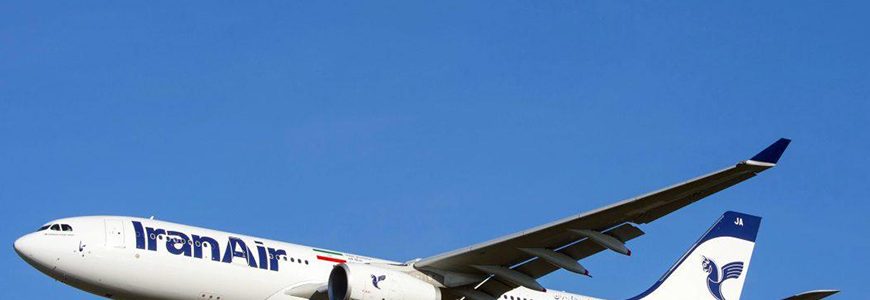
How Iran Is Transforming Its Aviation Industry With Multi-Billion Dollar Orders For Hundreds Of Jets
In the space of 18 months, Iran has set about what amounts to a complete overhaul of its aviation sector. Since most international sanctions were lifted on the country in January 2016,
In the space of 18 months, Iran has set about what amounts to a complete overhaul of its aviation sector. Since most international sanctions were lifted on the country in January 2016, its airlines have placed orders for more than 300 new aircraft and options for a further 50 planes.
To put that in context, these orders are twice as large as the entire fleet of planes currently being flown by the country’s 17 commercial airlines.
Until sanctions were eased early last year, Iranian airlines had found it impossible to buy new aircraft or spare parts and they were often forced to cannibalize some planes to keep others in the air. Although they theoretically had a fleet of 250 planes, around 100 of them were sidelined, having broken down or been stripped for parts, meaning only 150 were taking off and landing on a regular basis.
The main beneficiary from the spending spree to date has been Europe’s Airbus, which has attracted a mix of firm orders and memorandums of understanding for 173 aircraft. Its chief rival Boeing has accrued orders and options for 140 planes, while the smaller European turboprop-maker ATR has attracted orders and options for 40 aircraft.

